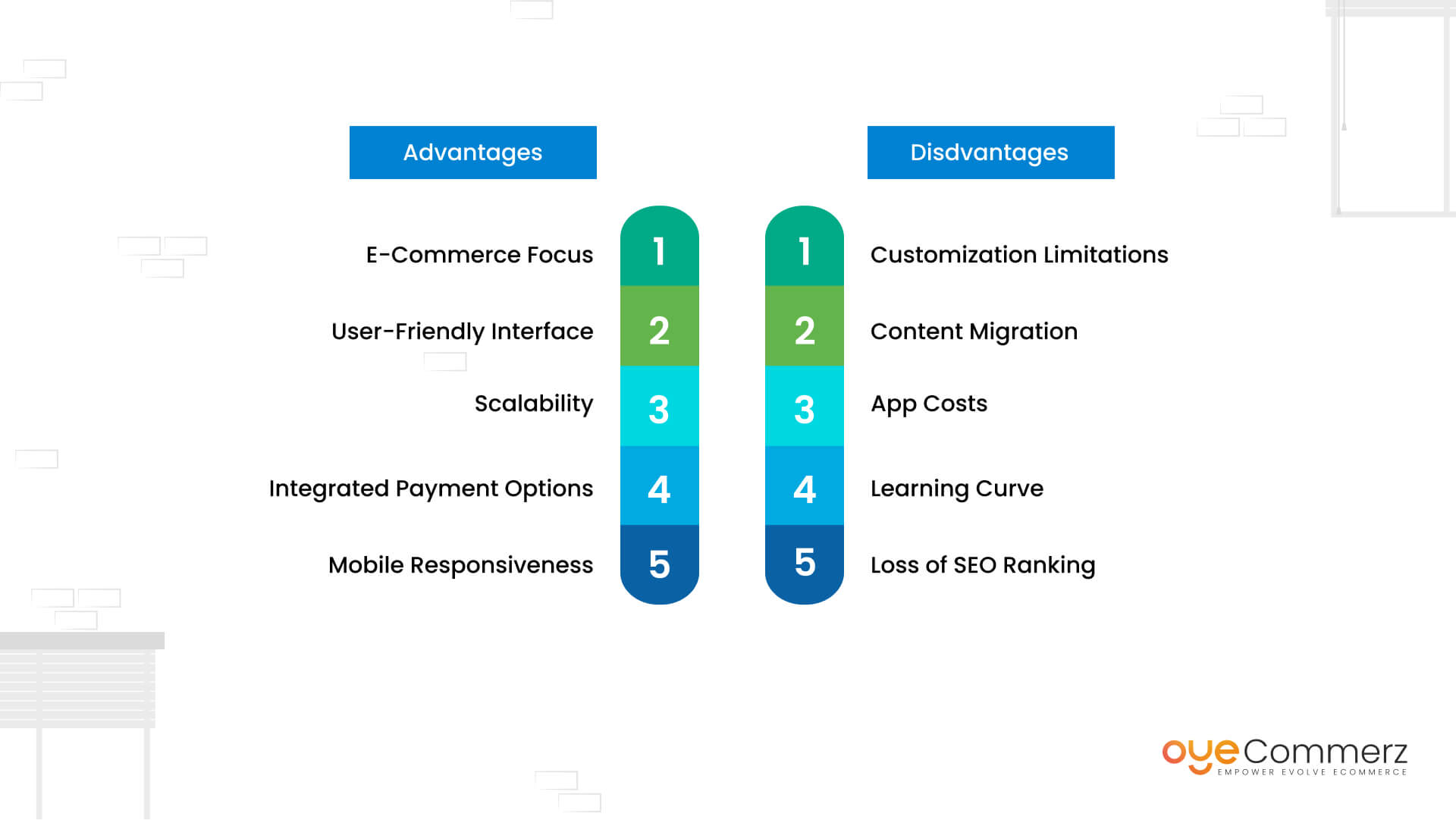Shifting from WP to Shopify is an promising step in optimizing your online store operations. As companies grow, selecting a platform that supports scalability, user experience, and flexibility becomes crucial. Shopify is widely recognized as a favorite for e-commerce professionals, offering superior flexibility, data protection, and ease of use. In this guide, we’ll explore why this migration is a game-changer, discuss the advantages, and share actionable steps to ensure a smooth transition.
1. Why Switch from WordPress to Shopify?
WordPress, paired with WooCommerce, continues to support countless online stores. However, as businesses scale, challenges like reliance on plugins, data risks, and complex setups often obstruct progress. Shopify, specifically created for digital retail, eliminates these concerns with an all-in-one, intuitive solution. Statistics supports this shift—Shopify powers over 4.4 million stores globally, with a documented 10% increase in sales performance for many businesses post-switch.
2. Shopify's Advantages for Thriving Online Stores
Shopify’s powerful platform is tailored for scaling brands. Its standout benefits are:
- Seamless Customization: Shopify offers over 80 expertly crafted themes.
- Built-in Features: Features like Shopify Payments and integrated SEO streamline operations.
- Global Reach: Multi-currency support and localization features enable brands to expand internationally.
Additionally, Shopify boasts an availability percentage of 99.98%, guaranteeing your store is always operational.
3. Getting Ready for Your WP-to-Shopify Transition
Prior to starting the migration process, evaluate your existing setup. Analyze product data, client information, and search engine rankings. Resources such as Shopify’s Migration Kit or third-party solutions help ease the transition. Create a comprehensive plan, making sure all assets—item details, images, and articles—are ready for seamless import.
4. Data Migration: A Critical Step
Transferring your data forms the foundation for a successful platform switch. When moving from WordPress to Shopify, focus on:
- Product Information: SKU, item summaries, and categories.
- Client Information: Emails, order history, and custom fields.
- SEO Optimization: Retain meta tags, URLs, and redirects to avoid SEO losses.
Leverage tools such as LitExtension to streamline data transfer while reducing mistakes.
5. Customizing Your Shopify Store
After the move, customizing your Shopify store helps it aligns with your business identity. Utilize Shopify’s intuitive page builder to design pages effortlessly. Shopify's themes are mobile-responsive, ensuring a seamless user experience across devices—a key point, given 74% of online shopping comes from mobile visitors.
6. How to Protect Your SEO Rankings When Switching Platforms
SEO is vital for maintaining your online presence during migration. Shopify excels in SEO with clean URL structures, built-in optimization tools, and seamless blog integration. Make sure you:
- Set up URL forwarding for existing links.
- Enhance updated content with targeted phrases.
- Leverage plugins like Plug in SEO to track analytics post-migration.
7. Post-Migration Testing
Once the migration is complete, conduct thorough testing.
Review: - Page load times (Shopify boasts faster speeds compared to WP).
- Payment integration reliability and transaction flow.
- Adaptability across devices.
Quality assurance ensures your store provides a seamless shopping journey from the start.
8. Real-Life Success Story
An example of effective Shopify advanced features platform switching is Gymshark, a fitness apparel brand that moved to Shopify. Post-migration, the company experienced a 60% increase in mobile sales and reduced site downtime. This showcases the capabilities of Shopify in enhancing online business success.
9. Challenges and Solutions
Migration is not without obstacles, such as data integrity and adjusting tailored features. However, Shopify’s extensive assistance and third-party experts make overcoming these hurdles manageable. Partnering with qualified Shopify developers ensures a smooth transition.
10. Starting Your Journey with Shopify
Migrating from WordPress to Shopify represents a strategic decision to e-commerce. By focusing on growth, streamlining operations, and enhancing the customer experience, Shopify enables companies to succeed in competitive markets.
Final Thoughts
Transitioning from WordPress to Shopify offers a smart solution that can greatly enhance your e-commerce success. With a well-structured strategy, the appropriate resources, and expert support, you can achieve new success milestones.
Ready to make the leap? Let’s discuss how our Shopify migration services can revolutionize your online store. Get in touch today, or consider: Is Shopify migration tools it time to seize Shopify’s advantages for your store?
